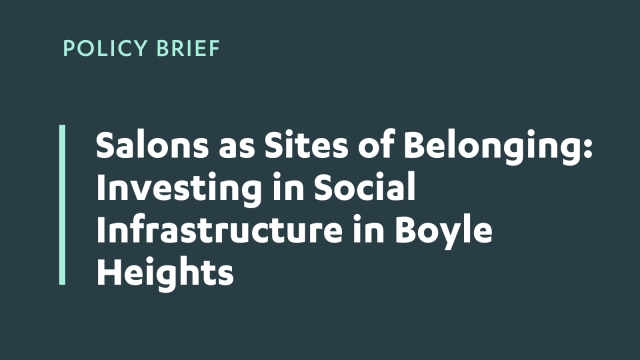Progress, Priorities, and Obstacles to Providing Adequate Shade and Lighting at Bus Stops in Los Angeles
In Los Angeles, bus shelters are a crucial source of relief from the heat and lighting after dark, but shelters are inadequately and inequitably distributed throughout the City. Although the City is making significant progress towards increasing the number of shelters and distributing them more equitably, there is limited understanding of how site constraints may limit shelter installation at priority locations or how other aspects of the built environment affect the distribution of adequate shade and nighttime lighting. To address these gaps, this project assessed the adequacy of shade and lighting at bus stops in Los Angeles, the alignment between the current locations of bus shelters and priority bus stops, and the magnitude and spatial distribution of site constraints that create obstacles to the installation of bus shelters. It combined an in-depth analysis of three neighborhoods (Sawtelle, Sun Valley, and Watts) that used original data collected during 202 nighttime site visits and a citywide analysis of all Metro, Big Blue Bus, and LADOT Transit bus stops in Los Angeles that used existing quantitative data. This research found that there are significant disparities in adequate shade and lighting across Los Angeles, and that the locations and types of bus shelters often exacerbate these disparities. Further, “higher-priority” stops where providing amenities is the most crucial are highly clustered in certain areas of the City. Finally, restrictions on installing bus shelters on narrow sidewalks or in residential areas may limit the installation of bus shelters at a significant number of high-priority bus stops.



